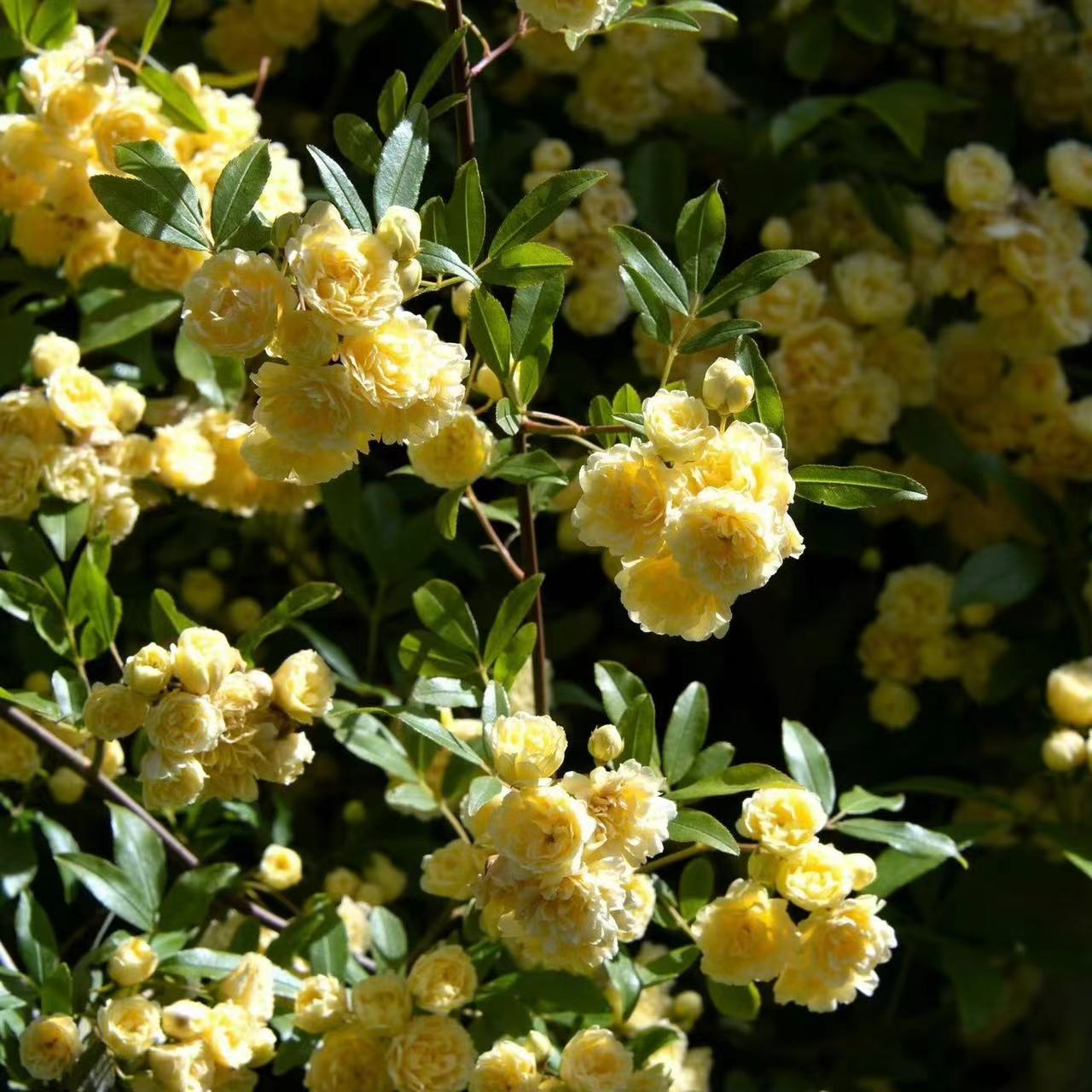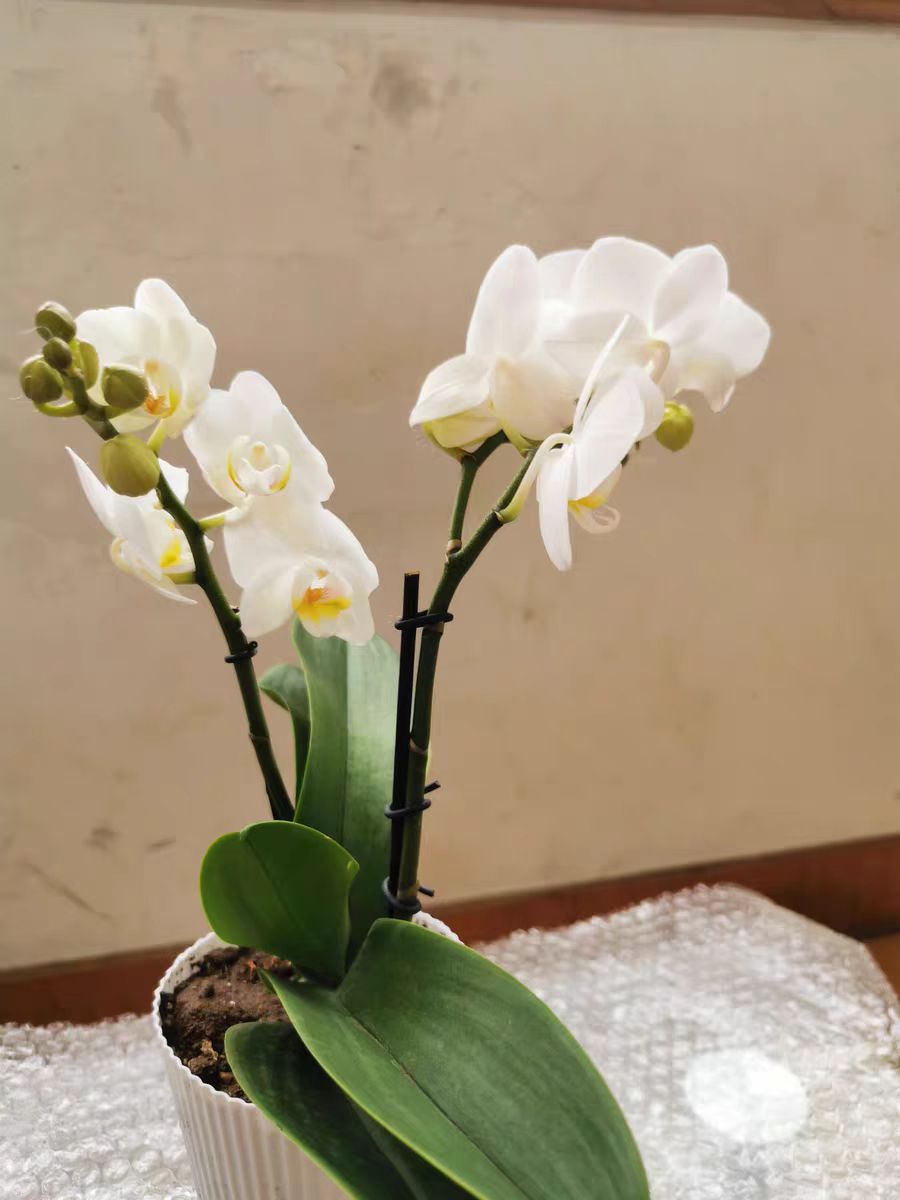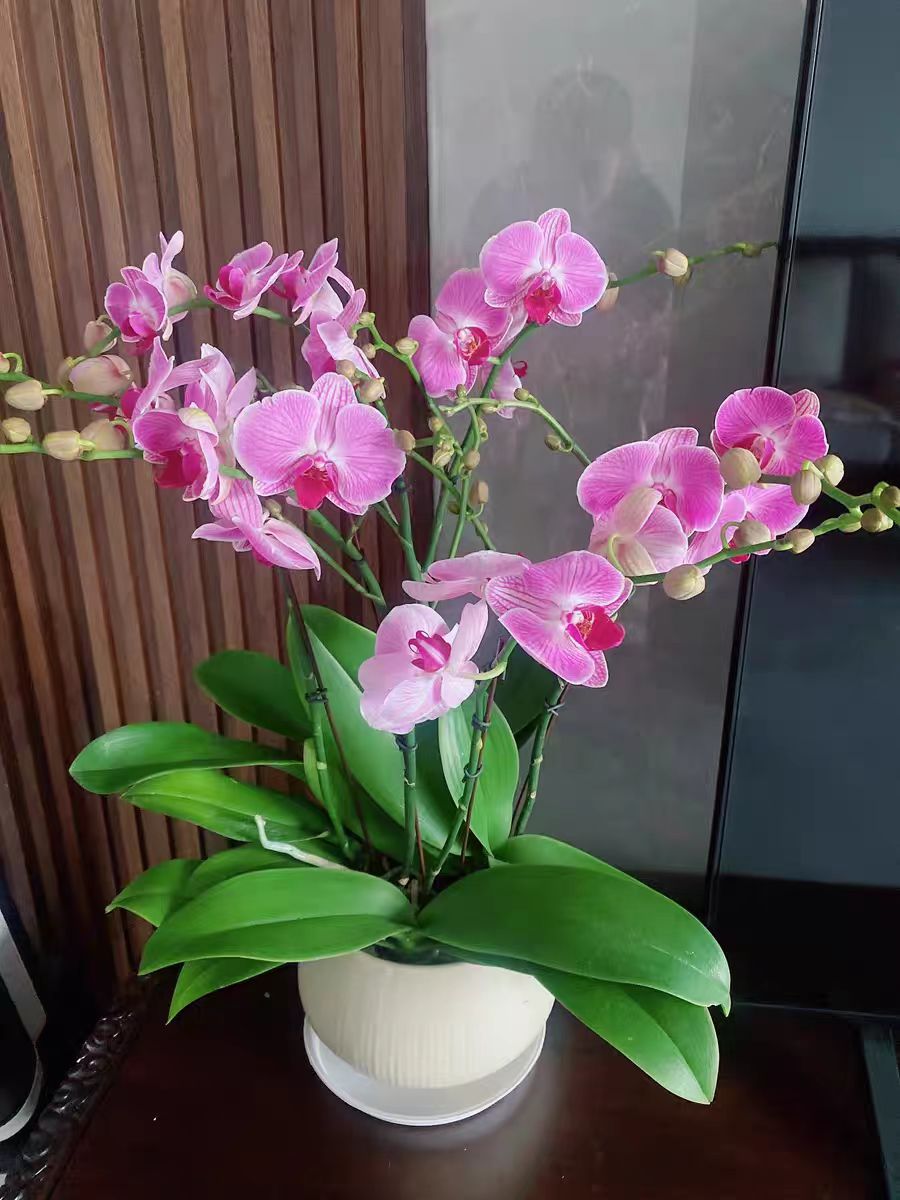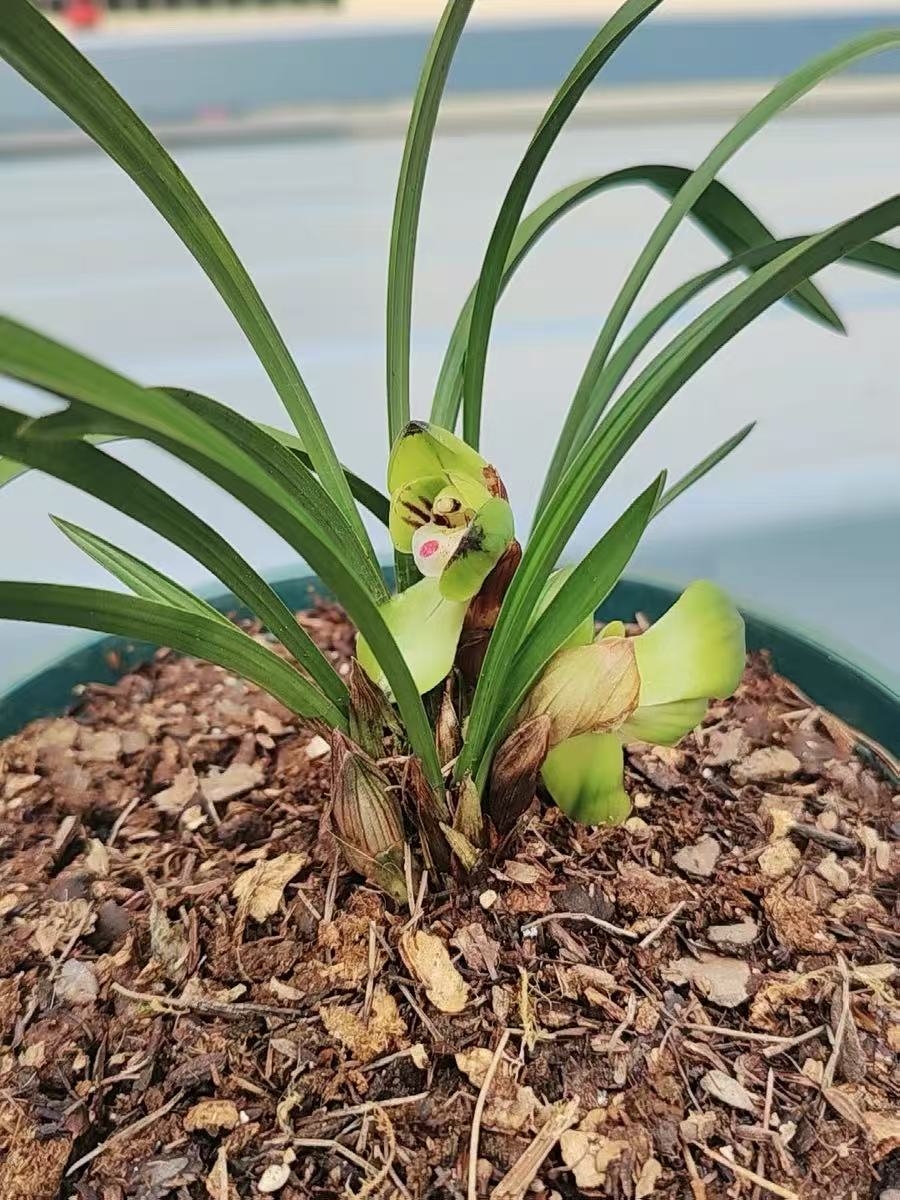First, let's talk about the high-temperature resistance ability of Rosa banksiae f. lutea. Rosa banksiae f. lutea has a certain degree of high-temperature resistance. In a suitable growth environment, it can survive and grow at relatively high temperatures. In summer, when the temperature rises and the sunlight is intense, Rosa banksiae f. lutea is usually able to adapt to a certain degree of high temperature.
Its leaves have a certain water retention capacity, which can reduce water loss and thus maintain its physiological functions in hot weather. However, this does not mean that it can withstand extreme high temperatures without limit. If the temperature is too high and lasts for a long time, Rosa banksiae f. lutea may show phenomena such as slowed growth, yellowing leaves, and even withering flowers.
Therefore, it is very important to provide appropriate shading and sufficient water for Rosa banksiae f. lutea in hot weather. Reasonable maintenance measures can help Rosa banksiae f. lutea better cope with the high-temperature environment and maintain a good growth state.
Next, let's see if Rosa banksiae f. lutea can be planted indoors. Generally speaking, Rosa banksiae f. lutea is not very suitable to be completely planted indoors.
Rosa banksiae f. lutea is a vine plant and requires a large growth space to stretch and climb. The indoor space is often relatively limited and difficult to meet its growth needs.
Moreover, Rosa banksiae f. lutea needs sufficient sunlight during its growth process. The lighting conditions indoors are usually not as sufficient as outdoors, which may lead to poor growth of Rosa banksiae f. lutea, sparse flowers, or even inability to bloom normally.
In addition, Rosa banksiae f. lutea requires a good ventilation environment during its growth period. The ventilation conditions indoors are relatively poor and prone to pests and diseases, affecting the health of Rosa banksiae f. lutea. However, if one really hopes to enjoy the beauty of Rosa banksiae f. lutea indoors, some compromise methods can also be adopted. For example, a small potted Rosa banksiae f. lutea can be selected and placed in a sunny position such as a balcony or windowsill to ensure it can receive sufficient light and good ventilation.
When planting Rosa banksiae f. lutea indoors, attention should also be paid to the selection of soil and the frequency of watering. Rosa banksiae f. lutea likes loose, fertile, and well-drained soil. Watering should follow the principle of "water when dry and stop when wet" to avoid water accumulation causing root rot.
In general, Rosa banksiae f. lutea has a certain high-temperature resistance ability, but still requires appropriate maintenance in hot weather. Regarding indoor planting, although there are certain difficulties, it can also be achieved to a certain extent through reasonable selection and maintenance methods.
Can Rosa banksiae f. lutea be planted indoors?

Share with
Tagged in :




Leave a Reply